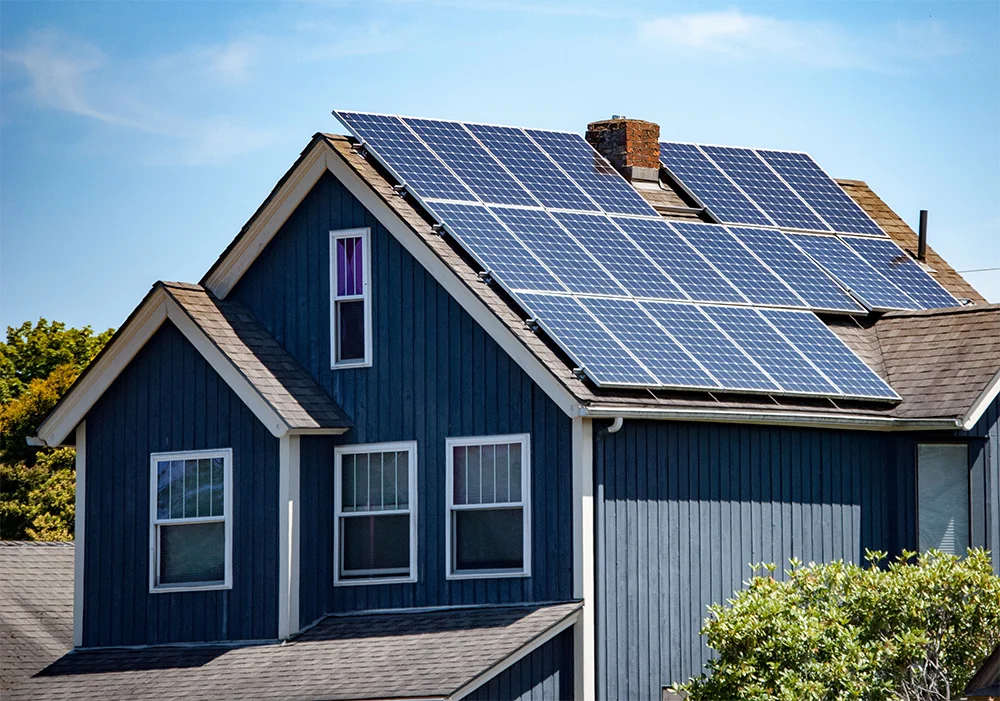Financial Assistance for Solar Projects / Subsidy for Solar Projects / Subsidy for Solar Power / Subsidy For Solar Power India
In diverse countries around the global are looking forward to see the sun, India receives an abundance of sunlight. In India the government has started to make strides towards solar energy and the government has multiplied its target and aims to achieve 100 GW of solar panel capacity by 2022. The Indian Ministry of New and Renewable Energy (MNRE) has introduced a number of Central Financial Assistance (CFA) schemes that promote solar energy in India to achieve its ambitious target of 100 GW. The support is aimed at providing subsidies to enterprises that are contributing to growth.
We know that there are major parts of India where the supply of electricity is fairly variable and with the increased number of scheduled and un-scheduled power cuts in nearly all of the cities in India, they are interested in using the electricity that is produced through the alternate sources has increased. As we know that setting up a solar system requires high capital cost. Further to promote the electricity generation using the solar energy Government of India launched Jawaharlal Nehru National Solar Mission in January 2010.
As a component of this mission the Government has started a subsidy plan to support people and associations obtain these Solar Power Systems at diminished capital expenses. The plan is being actualized by IREDA (Indian Renewable Energy Development Agency Ltd.) through NABARD (National Bank for Agriculture and Rural Development). The plan that was keep going changed on 15th March 2012 gives 40% subsidy on capital expenses of Solar PV Systems for units situated in both urban and rural regions in India.
How much Solar Subsidy can be availed?
As per the latest notification received by MNRE, 30% to 90% Subsidy on benchmark capital cost is accessible for all the consumers.
- 90% Subsidy on Solar Water Pumping Systems for Farmers only
- 70% Subsidy for 3 Hill States Himachal, Uttarakhand & Jammu-Kashmir only
- 30% Subsidy for all States of India
The below mentioned are consumer categories that can get the Govt. Subsidy
- Domestic : All residential home owners are eligible to get Govt. subsidy.
- Social Sector : All the registered societies, multi-storey apartments, Cooperative Group Housing Societies are eligible for Subsidy on Solar Systems.
- Institutional : All Schools, Colleges, Institutes are eligible for subsidy.
- Non-Profit Organizations : All the Non-profit organizations including Old Age Home, Orphanage etc are eligible.



